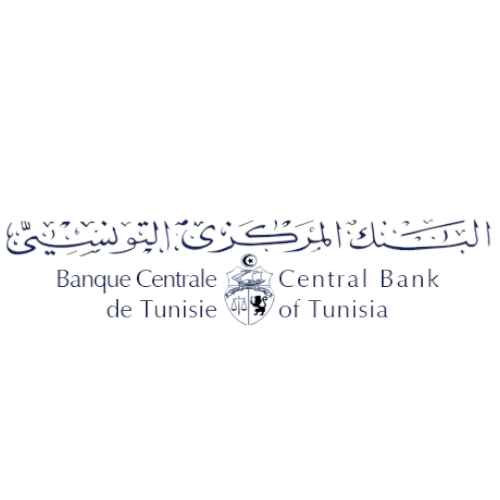Money money supply growth rate (in percentage ) in Tunisia between 2019 and 2024
In macroeconomics, money supply (or money stock) refers to the total volume of money held by the public at a particular point in time. There are several ways to define "money", but standard measures usually include currency in circulation (i.e. physical cash) and demand deposits (depositors' easily accessed assets on the books of financial institutions). Money supply data is recorded and published, usually by the national statistical agency or the central bank of the country. Empirical money supply measures are usually named M1, M2, M3, etc., according to how wide a definition of money they embrace. The precise definitions vary from country to country, in part depending on national financial institutional traditions. The economy of Tunisia recorded an average money supply growth rate of 8.7% in the decade to 2022. Money supply growth in 2022 was 9.0%.
Did you notice any missing content?
Suggest it in a few seconds.
Published on
2024-12-31 17:22:57
Broadcasted on Arkam on
2025-06-16 17:22:57
More information:
focus-economics.com
Source(s):
Banque Centrale de Tunisie



